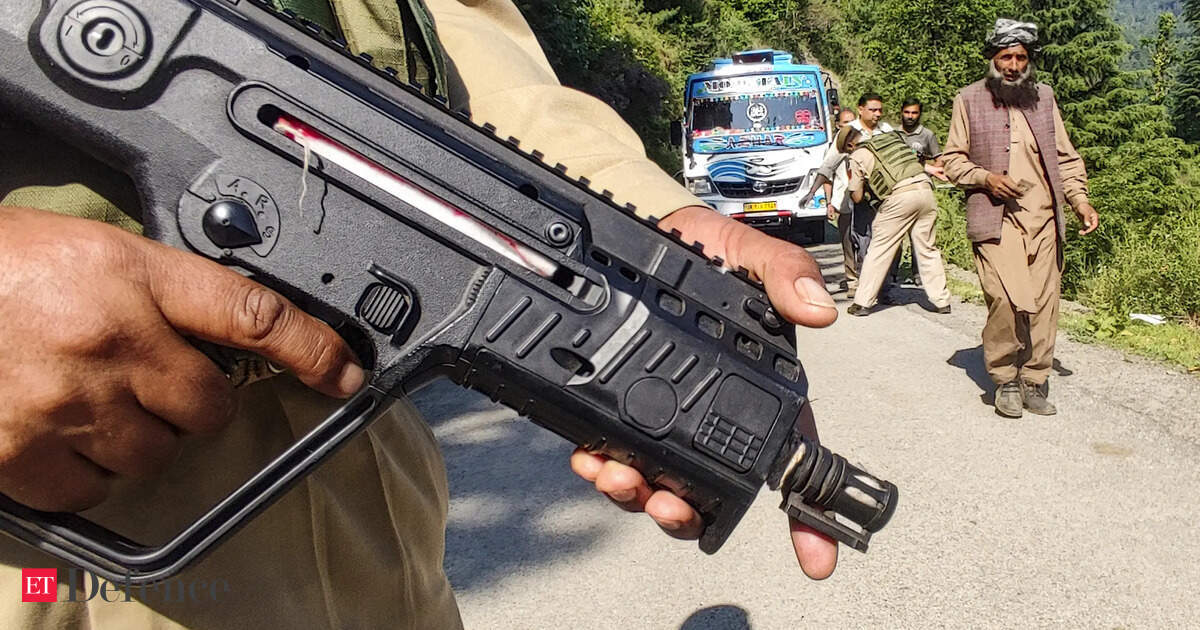Now Reading: Terror Groups Shift Strategies in J&K
-
01
Terror Groups Shift Strategies in J&K
Terror Groups Shift Strategies in J&K

Rapid Summary
- Terror outfits in Jammu and Kashmir have shifted tactics, building underground bunkers in forests and elevated ridges instead of using local houses for shelter.
- the change is linked to eroded local support and presents new challenges to security forces.
- Security personnel uncovered such a bunker during an operation in Kulgam district last week, which housed rations, gas stoves, pressure cookers, weapons, and ammunition.
- Forests south of Pir Panjal provide ideal cover for these hideouts; intelligence suggests terrorists are instructed to stay on ridges until directed to act by handlers across the border.
- Lt Gen D S Hooda noted this tactic resembles methods used by terrorists during the 1990s-2000s but highlighted reduced human intelligence as a current challenge.
- Retired police officials confirm that diminishing reliance on local support has pushed militants toward these underground strategies.
- Security agencies plan countermeasures using drones equipped with ground-penetrating radar (GPR), seismic sensors, and improved forest intelligence networks to locate concealed bunkers effectively.
Indian opinion Analysis
The shift from safe houses within villages to underground bunkers reflects significant changes in both the operational strategies of terror outfits and the socio-political dynamics in Jammu & Kashmir. The erosion of public support underscores progress made over years by security forces’ strategies aimed at isolating militants from their community base while promoting alternative narratives among locals.
Though, this advancement introduces daunting logistical hurdles for anti-terror operations-forest terrain combined with hidden trenches severely complicates detection efforts compared with previous urban-centric approaches involving human informants or predictable patterns within residential areas.The adoption of advanced technologies like drone-mounted GPR scanners shows promising adaptability by indian agencies but will require seamless coordination between military resources with emerging technological tools for meaningful impact amidst tight timelines dictated externally-controlled insurgency triggers targeting broader vulnerabilities across regional spectrums geopolitically challenging uncertain future escalations forced over long-haul addressing interventional frameworks


























